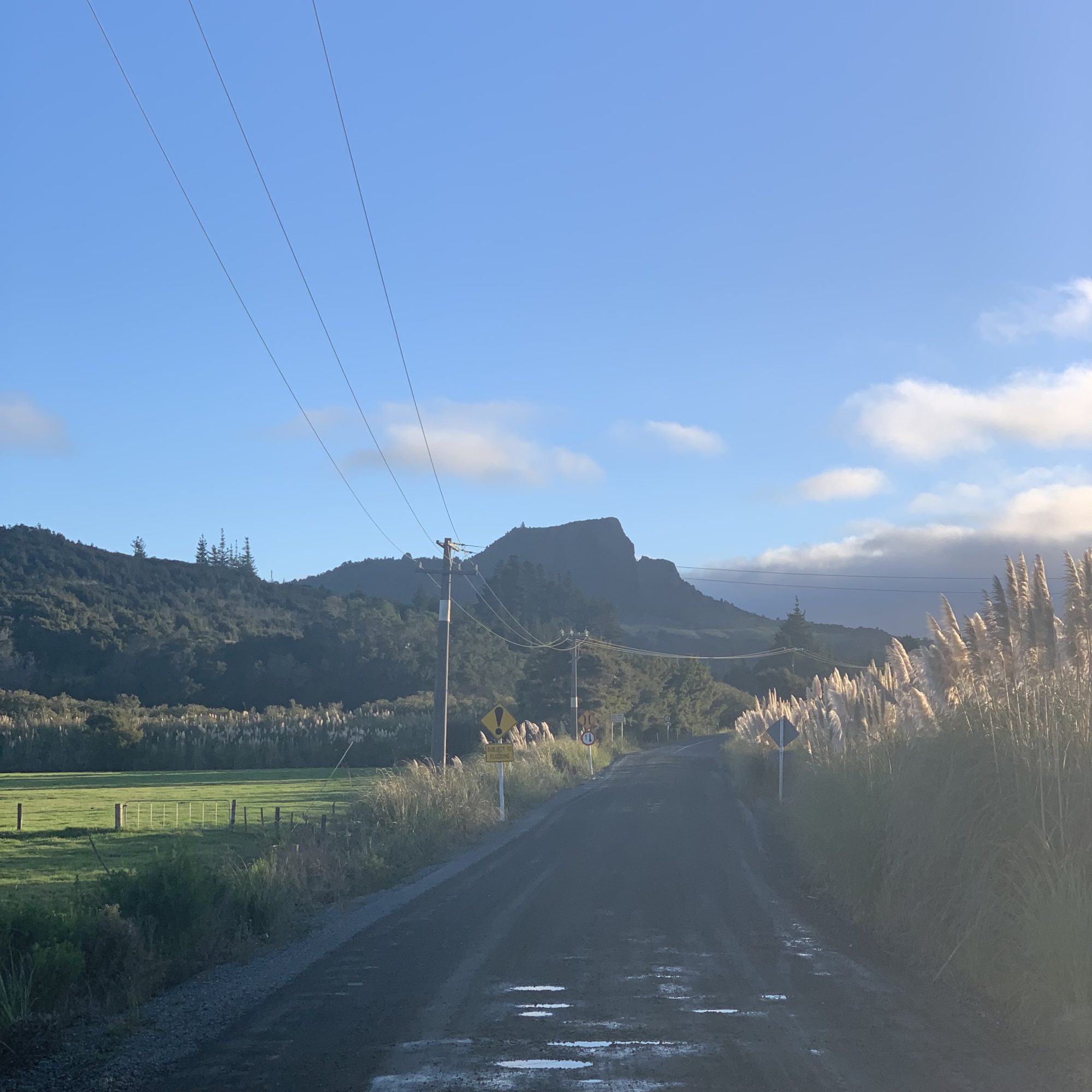01.02.25
16.03.25
Within our lives we all seek to define and redefine our concepts around home and identity.
No matter if we move for education or work, we are constantly in a migratory pattern- moving simultaneously closer and further away from what used to define us to what now does. This is undeniably dichotomous, on the one hand you are excited, there is a sense of exploration, of discovery, of something new. And, on the other there is a sense of grief and loss, of places and faces that are familiar.
We leave home not necessarily knowing that home moves on without us, so what do we take with us? What do we keep and what do we put to the side as we recontextualise who we are, where we come from, and what that means for our everyday lives creating new homes, in secondary spaces.
Migratory Patterns, curated by Hayley Walmsley.
Hayley Walmsley (Ngāti Kawau, Ngāti Tautahi, Ngāpuhi)
Hayley is a conceptual artist and curator; her own practice primarily works with photography, having graduated with a Master of Visual Arts in 2019 from Dunedin School of Art.
An absurdist by nature Hayley often works in the gigantic or the miniscule, to draw in or give space, or force a particular perspective on the viewer. Hayley’s work focuses on storytelling and layering through allegory and palimpsest. Often using humour to diffuse serious issues found in modern society, she aims to “create dangerously” giving a voice to peoples who are marginalised, fragmented and underrepresented. She uses textual references to then subvert the original meaning of the image through captions or titles. You are left then, with a precise moment in time, not knowing what came before or what is to come after.
She works from the perspective that photography in and of itself is dichotomous in nature, we take photos because of a seemingly hardwired need to be recognised, needed and remembered, but by taking the image we acknowledge that everything is ephemeral and will not be around forever. Regardless of whether a particular image is happy, sad, hilarious, melancholic or anything in between, each image examines themes of presence and absence, loss and longing, and “the missing thing”, regardless of if that missing thing is a person, place, object or memory.
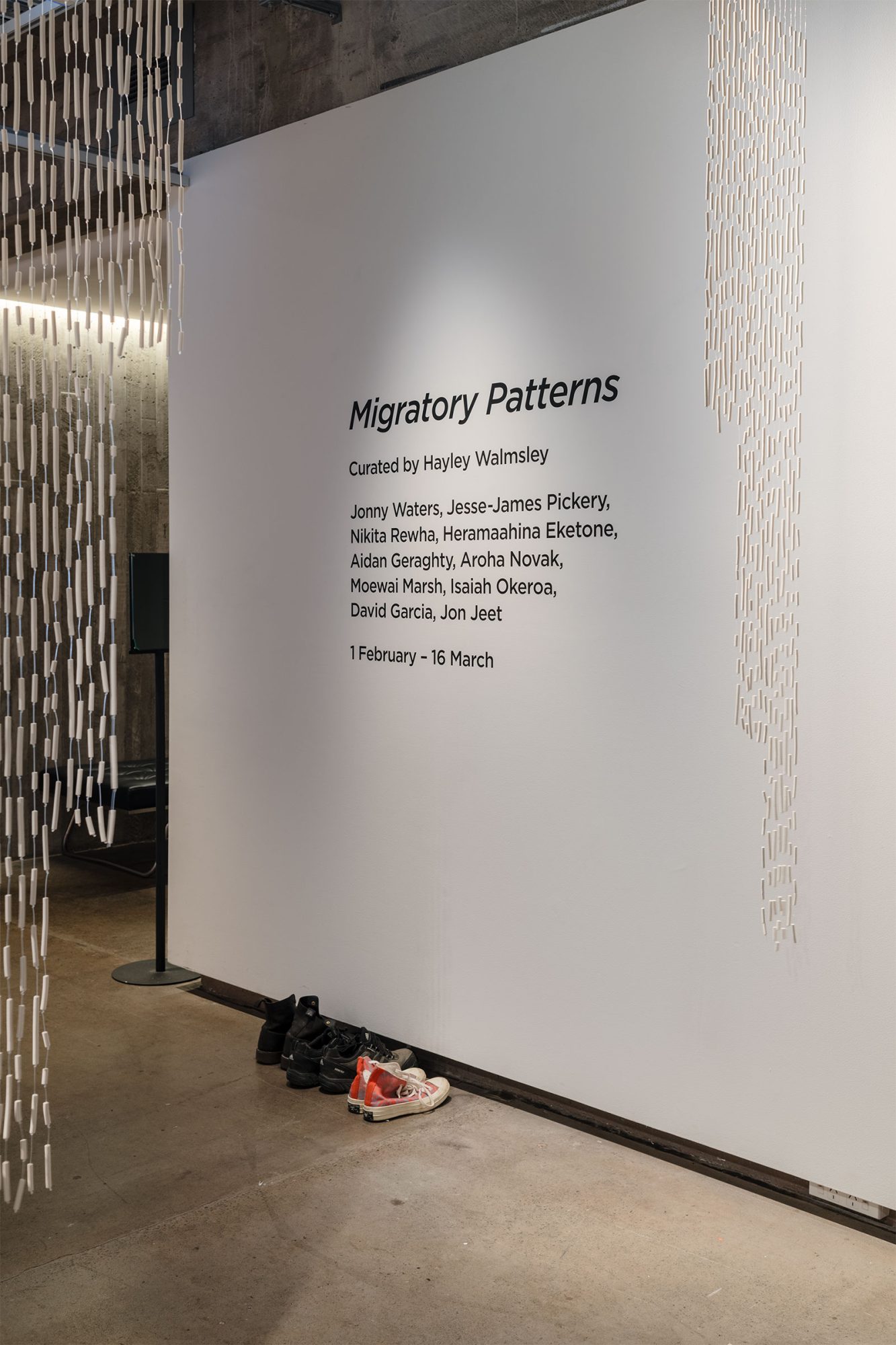
'Migratory Patterns' - Installation View
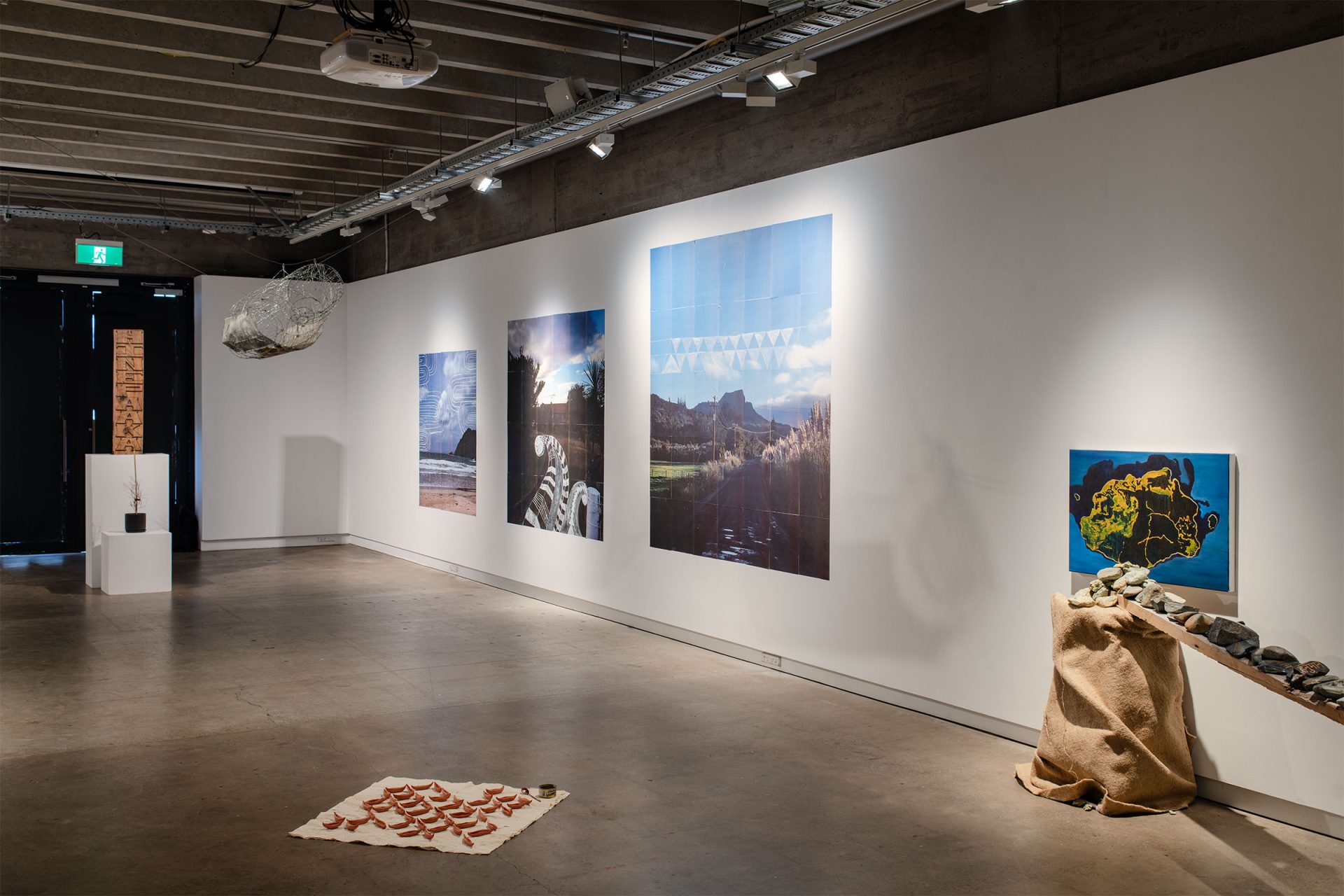
'Migratory Patterns' - Installation View
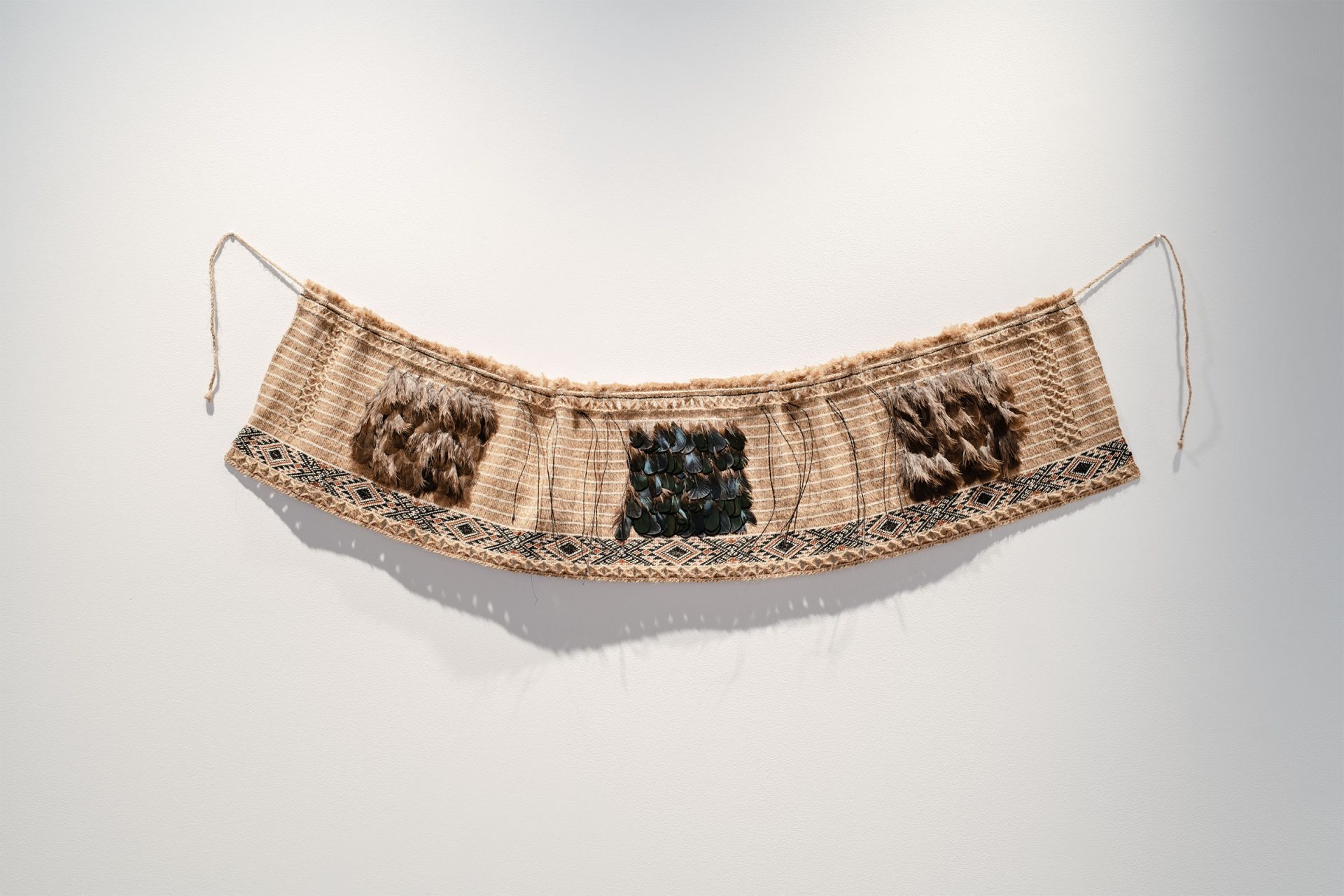
'Huri'
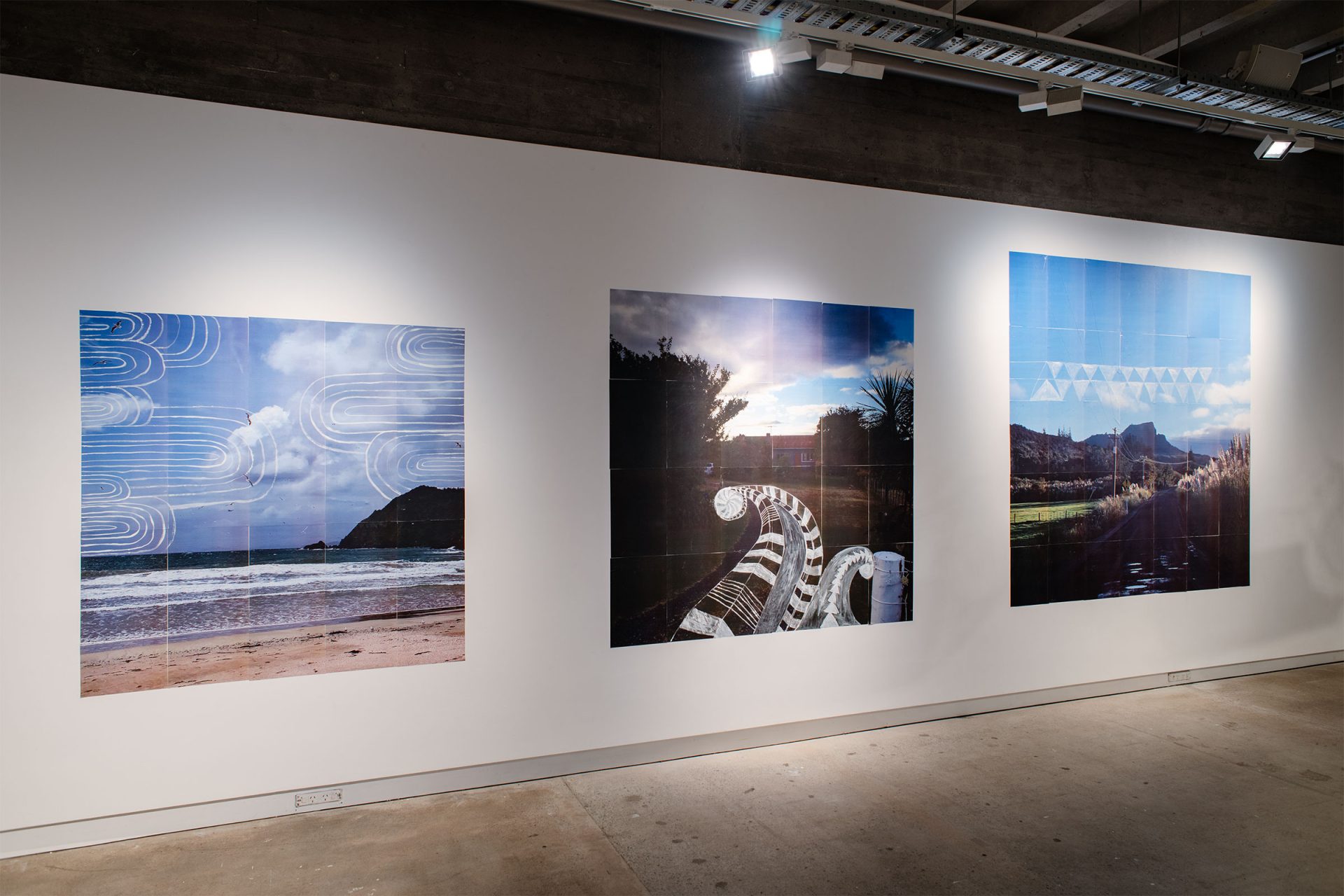
'Migratory Patterns' -Gallery View
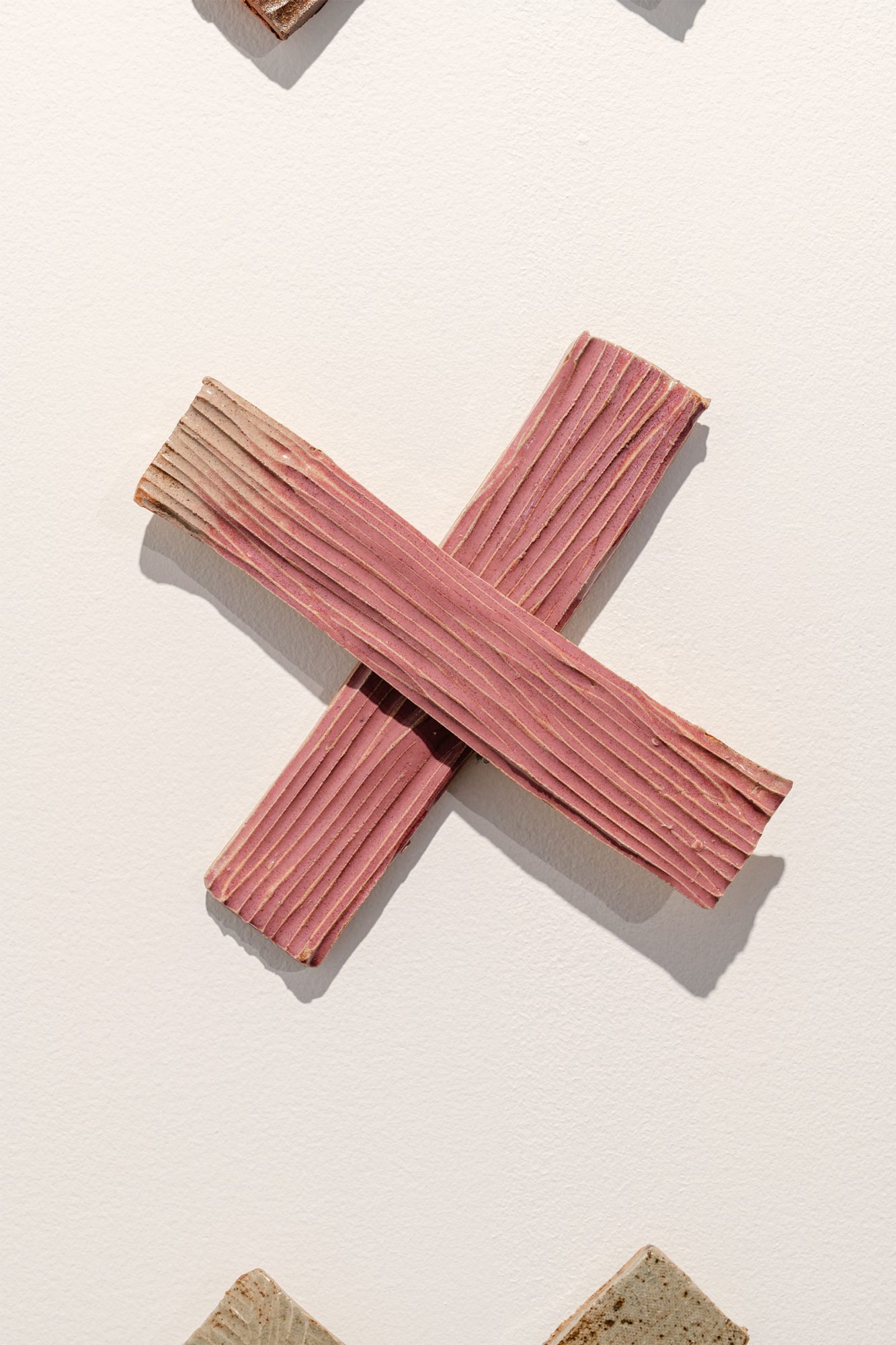
'Roimata (Those tears that we let fall for home when we are away from our tūrangawaewae)' - detail
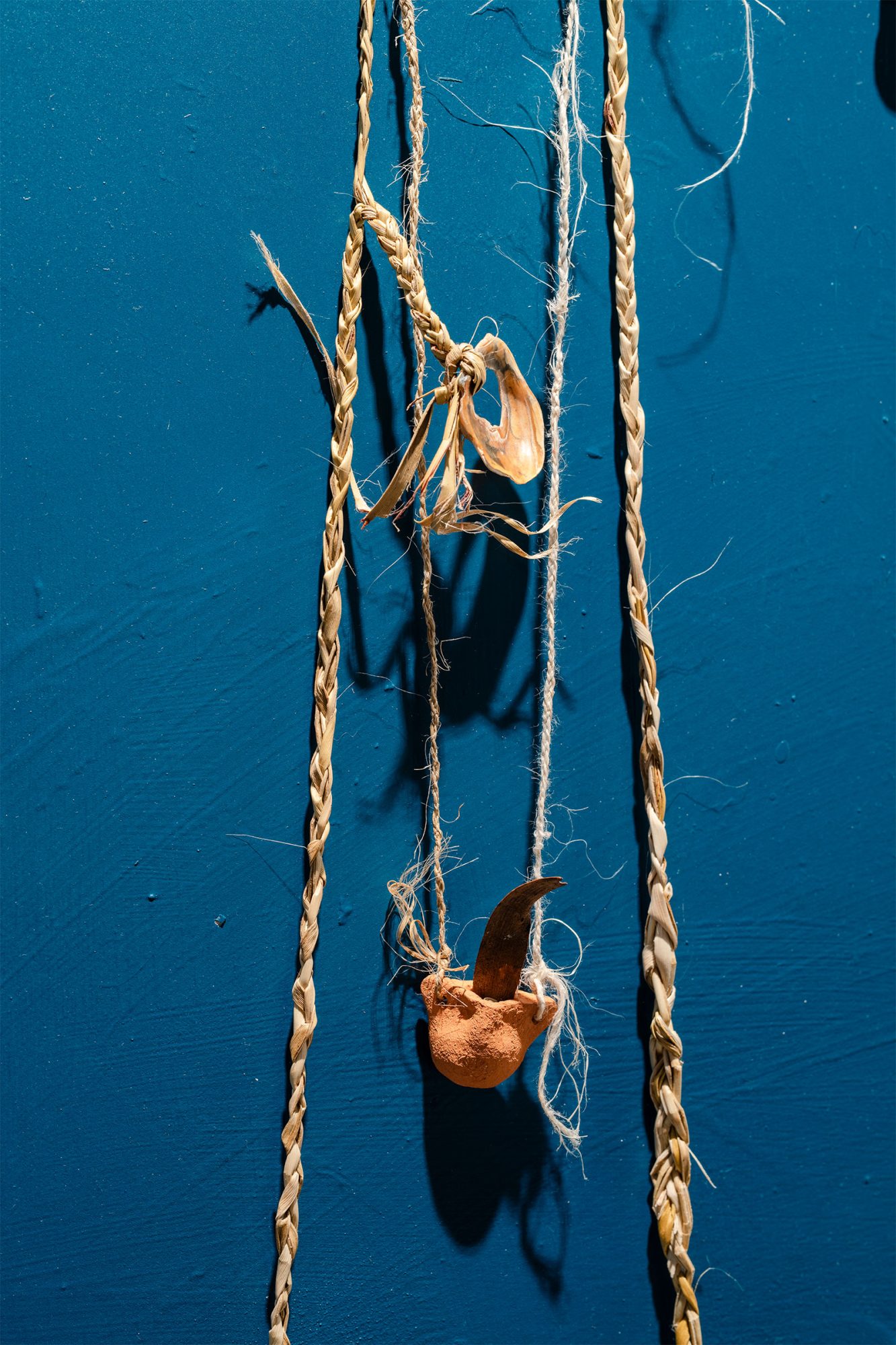
'Whānau Whakaahua' - detail
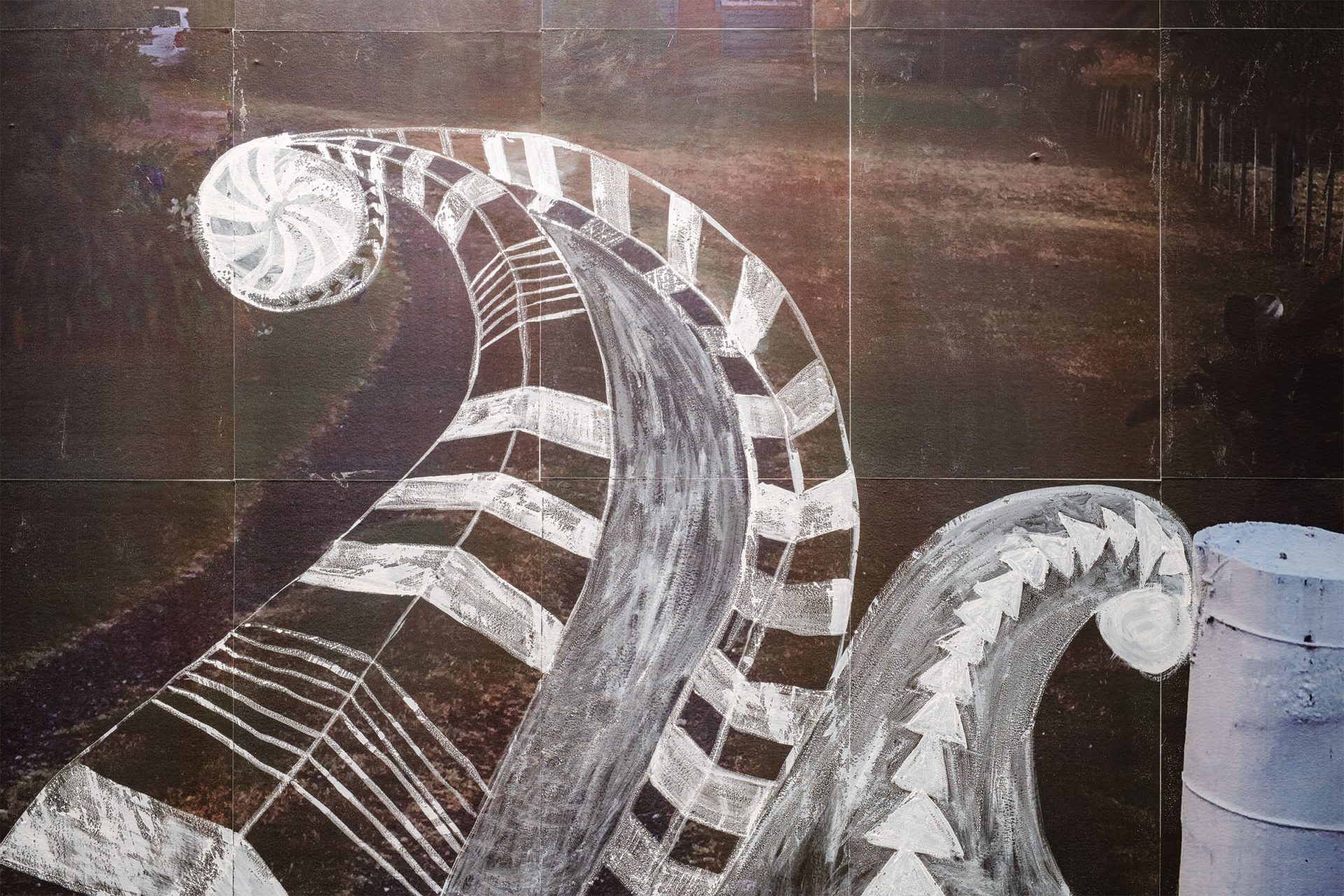
'It’s much smaller than I remember it' - detail
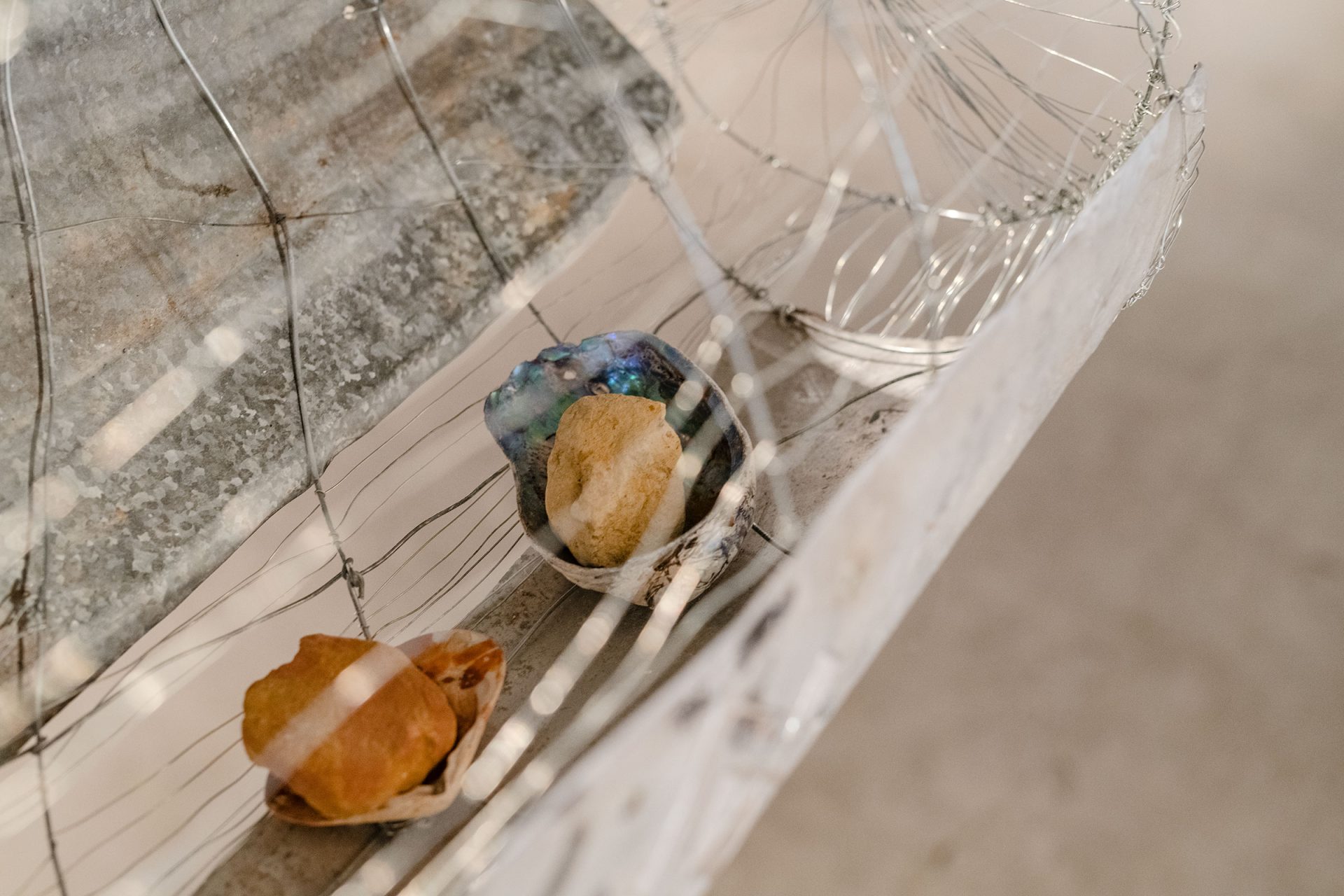
'Pī' - Detail
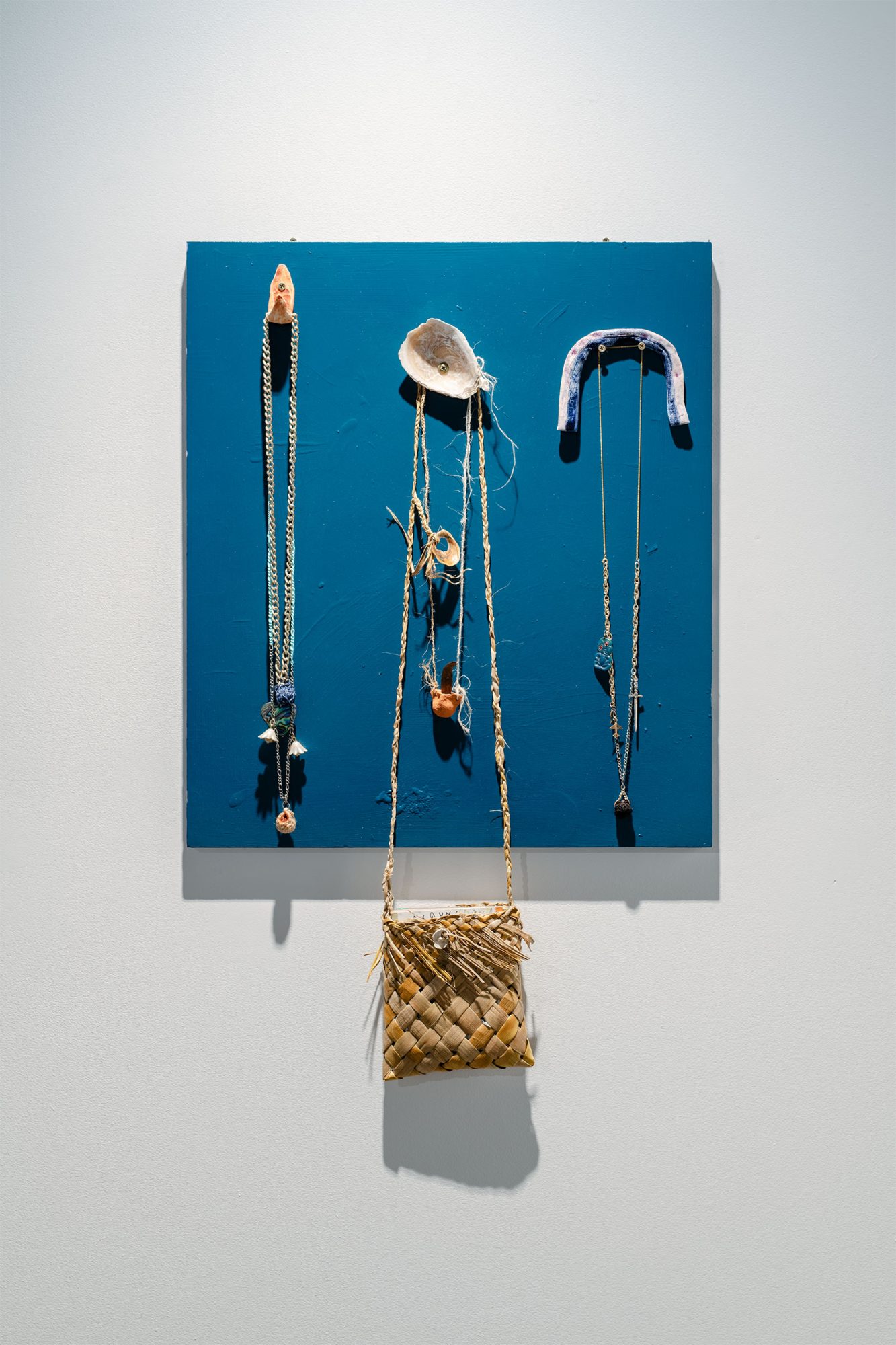
'Whānau Whakaahua'

'He ārai kē (ārai kē)' - detail Image credit Owen Spargo

'He Pou Whakamaumahara a Hine Paaka'
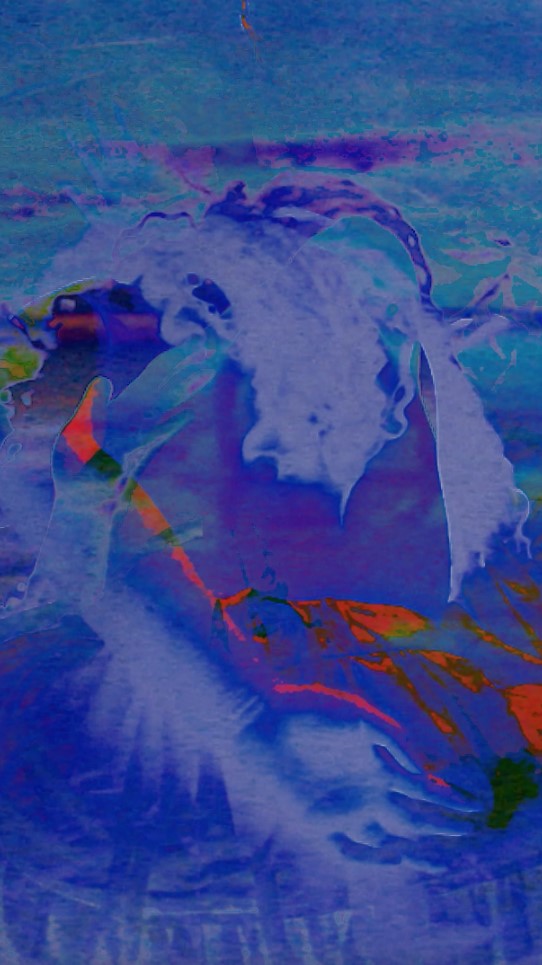
'Io' - still capture

'Huri' - detail
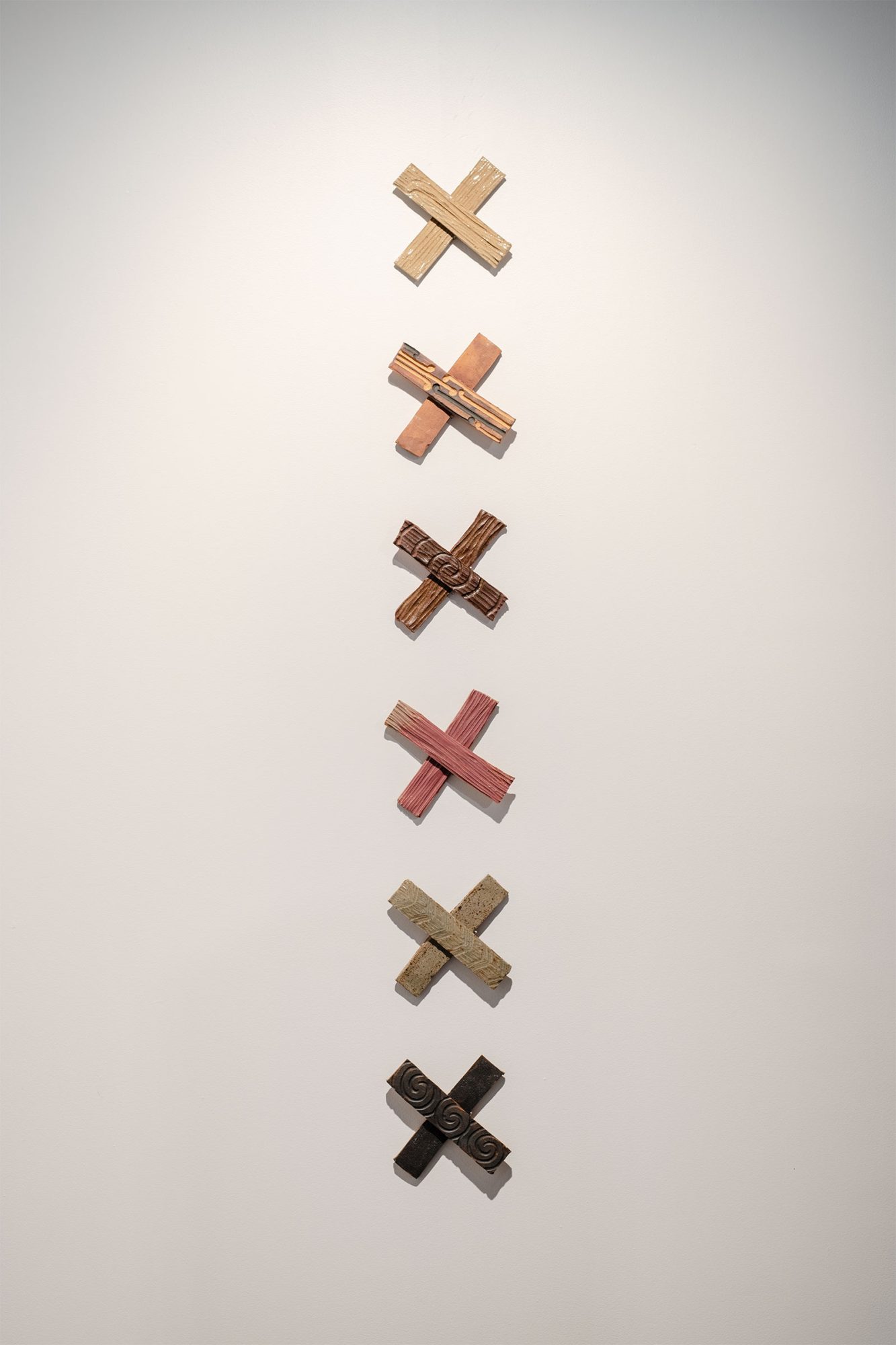
'Roimata (Those tears that we let fall for home when we are away from our tūrangawaewae)'

'MIgratory Patterns' - Installation View
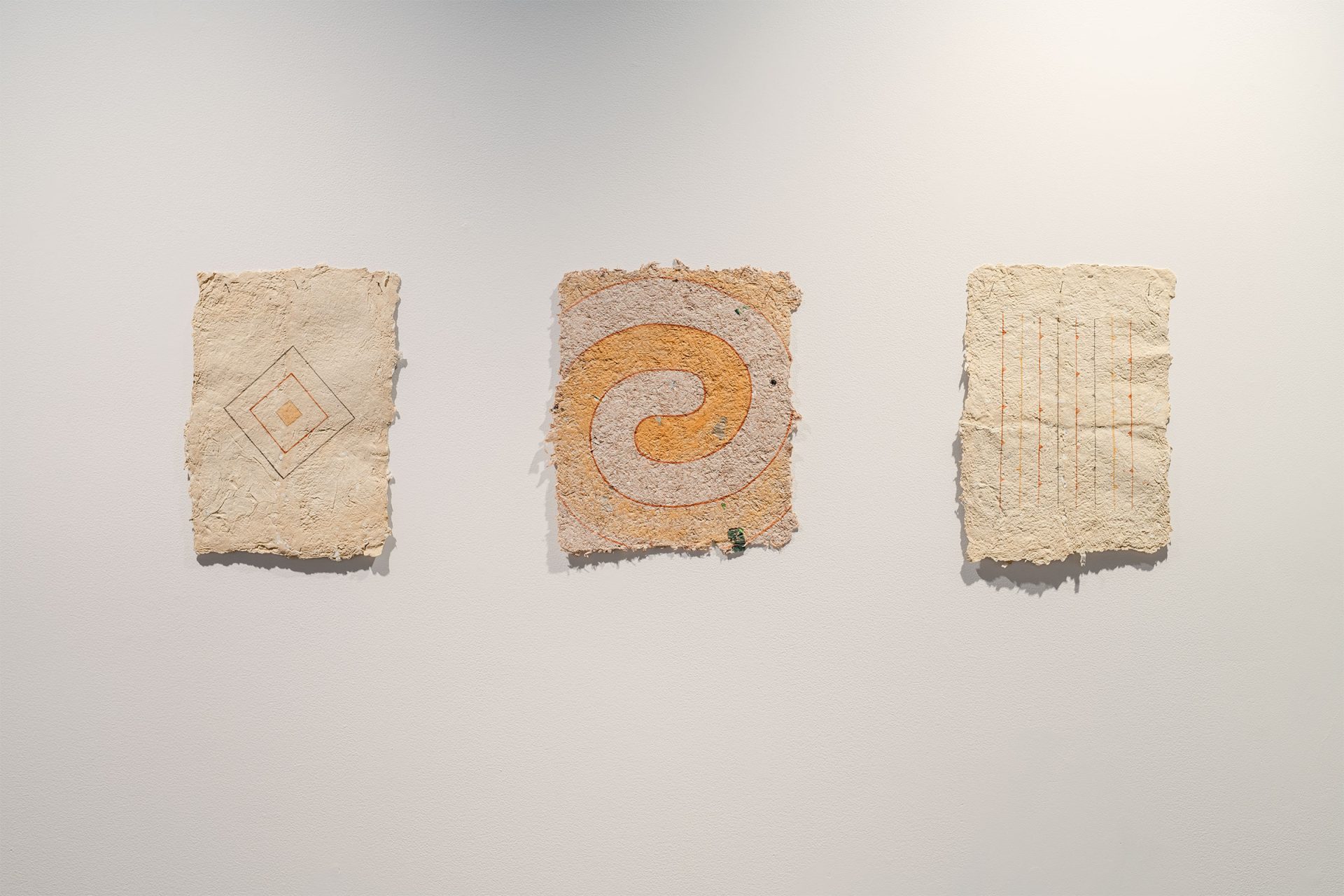
“Whakaora” series
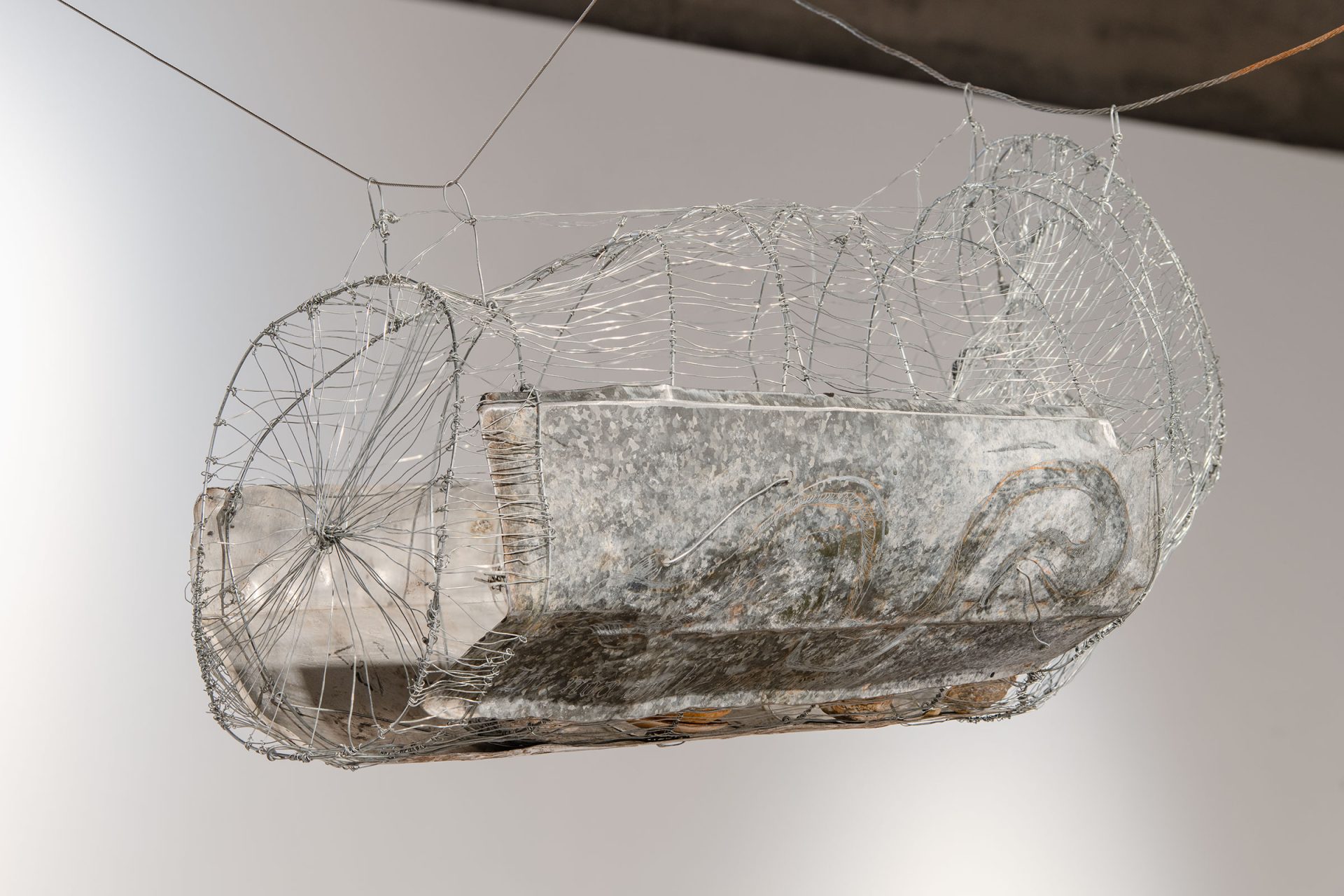
'Pī'

'Whakaora' series - detail
The Artists
Jonny Waters (Bdes Vis Comm, GradDipTchg – Sec) is a Tauiwi, Tangata Tiriti Visual Artist and Event Organiser born in Hakatere, Ashburton now based in Ōhinehou, Lyttelton. Jonny has had numerous Solo and Group Shows since first exhibiting in Wellington, 2013, many of which he has curated himself. Jonny’s biggest passion is bringing people together to form a community, even if only for short periods. This is demonstrated in his energy and enthusiasm to organise various shows including “Mental Health” with Elliot Chilton-Phillips and “Ōtepoti Hip-Hop Hustle” both held in Ōtepoti, Dunedin. In his Art practice, Jonny is interested in creating bodies of work that explore a specific theme or idea, then will often move on. Some significant solo shows are; Neo-Nostalgia (2016) Tooney Lunes (2018) Dizney Dreamz (2019) T.I.F.A (2023) and the Tauhinukorokio Series (2023). Jonny was also humbled to be a part of the SHIFT: Urban Art Takeover at Canterbury Museum. Jonny is open to community art activations and commissions. Ngā mihi.
Jesse-James Pickery (Ngāti Whātua, Ngāpuhi)
Jesse’s works often focus on his link to the land, customary rights of use, heritage and Maatauranga Māori, which is foundational to his identity and autonomy. He has in the past worked with clay from his home (coincidentally the same as mine)- Matauri Bay in the Far North of Te Taitokerau. Jesse is absorbed by patterns underlying our reality – he seeks resonance and frequency in sound, light and earth.
Nikita Rewha (Ngā Puhi, Ngāti Wai)
Nikita’s practice engages with place-based histories, acknowledging whenua as a holder of memory and whakapapa as a framework for understanding. Through experimentation with form, materiality, and storytelling—her work seeks to navigate the temporal intersections of past and present, responding to the relationships between people, land, and memory to create space to honour Indigenous ways of knowing and being.
Aidan Taira Geraghty (Kāi Tahu, Ngāi Tuāhuriri)
Aidan’s sculptures are based on hīnaki, woven basket-like pots used in riverways and lagoons to catch tuna (eel). Geraghty has memories of eeling at the Waimakariri river mouth, and so hīnaki are a tangible reminder for him of his takiwā and māoritaka. Historically, the Waimakariri, Geraghty’s ancestral awa, was used by Kāi Tahu as mahika kai and as a route to access further, rich mahika kai lakes in the high country of Kā Pākihi-whakatekateka-a-Waitaha. More recently, run-off from industrial-scale bovine farming along the Waimakariri has caused massive damage to its sustainability as a mahika kai. The gnarly materials used to make the sculptures evoke how biohazardous waste and chemicals have entered waterways like the Waimakariri as a result of land use changes tied to colonisation. Compared to the meticulously woven hīnaki of old, these have an emaciated form, reflecting the breakdown of bodies of water that he and his whanauka hold kaitiaki over and all the taoka it provides.
Aroha Novak (Ngāi Te Rangi, Ngāti Kahungunu, Tūhoe)
Aroha Novak is a multi-disciplinary artist living and working in Ōtepoti Dunedin. Novak completed her undergraduate degree in sculpture at Dunedin School of Art in 2007, and an MFA in 2013, also at Dunedin School of Art, Otago Polytechnic, Te Kura Matatini ki Otago. Her projects are often research based, drawing out indigenous and local histories that have been forgotten or suppressed. Novak frequently works outside of a conventional gallery context, collaborating with other artists, experts and communities to expand knowledge systems. Recent projects include He Kukupa, public artworks and te reo map at Tunnel Beach walking track, Ōtepoti Dunedin, 2024; Ihirangaranga/Resonances of the Forest:Toi taiao Whakatairanga (group exhibition), Te Uru Waitākere Contemporary Art Gallery, Titirangi, Tāmaki Makaurau Auckland, 2023; Iowerā: Kahre Hau Marangai, acollaboration with Georgina May Young, Hoea Gallery, Tairāwhiti Gisborne, 2023.
Heramaahina Eketone (Ngaati Maniapoto, Waikato)
Heramaahina approaches the works she creates as a potential way to bring about emotional, mental and spiritual healing, using moko, raranga, whakairo and koowhaiwhai. She has completed works for and in collaboration with the University of Otago, Otago Polyfest and Puaka Matariki.
Moewai Marsh (Kāi Tahu, Tūhoe, Ngāti Kahungunu ki Wairoa, Kāti Huirapa)
Moewai Rauputi Marsh is an experimental artist who paints with earth pigments and works as an Arts Facilitator in her kāika Ōtepoti. Moewai works with earth pigments gathering whenua from her rūnaka and uses natural materials to make paper. Moewai facilitates workshops on painting with Earth pigments, guiding people through appropriate tikanga. Reciprocity is very important in Moewai’s practice, as well as her whakapapa and connectivity to Te Ao Māori. Whenua is a way for Moewai to explore these themes in her mahi. Moewai was recently apart of a group show with Paemanu a Kāi Tahu contemporary arts collective, exhibiting at the Asia Pacific Triennial at the Queensland Art Gallery in Brisbane 2024.
Isaiah Okeroa (Taranaki, Ngāti Ruanui.)
Okeroa’s multi disciplinary practice explores Māoritanga, spirituality, Takatāpuitanga, memory, and Whanaungatanga. Okeroa uses toi Māori as an outlet of release and as a bridge to gap the generational disconnect in their cultural identity.
David Garcia (Kapampagnan, Tagalog)
The Mapmaker wants to show you a beautiful cartography of refuge and liberation. David Garcia (he/they/siya/ia) is a Kapampangan and Tagalog geographer from the Philippines and is at the intersection of shifting oceans, genres, and worlds. David actually makes maps (as in cartography), loves cooking, and is exploring the multiple realms in solidarity with historically-marginalised communities. They do this regularly by confronting coloniality; seeking expressions of spatiality that unsettle Western cartographic practices; and enjoying sonic geographies through DJing for BIPOC and queer communities. This mapmaker’s practice – represented by the canoe – bends and expands time, space, and bodies, backwards into the future.
Jon Jeet (Ngāti Hikaira, Fijian Indian)
Jon Jeet is an artist of Maniapoto and Fijian Indian descent. He has nine children and is based in Ōtautahi Christchurch, where he received his master’s degree in painting in 2014 from Ilam School of Fine Arts. He is also a registered Ngāi Tahu carver. Jon’s practice is based around identity, exploring ideas related to his personal experience being Māori, being Indian, being Black, being male, being exotic, and all those otherisms that come with being a minority. He works primarily with pounamu and portraiture, with a particular focus on his carved toki. He has spent over 15 years honing his craft as a carver of taonga, and he finds that toki in particular encapsulate the mauri (essence) of one’s being and therefore become a vessel to retain and harbour part of one’s life force.
Exhibition details
Click here to view exhibition floor sheet.

